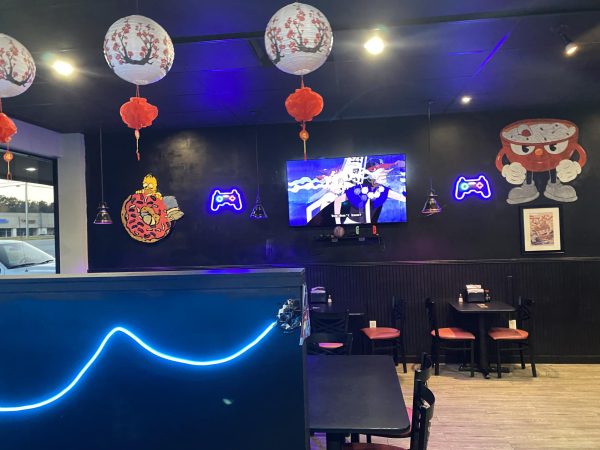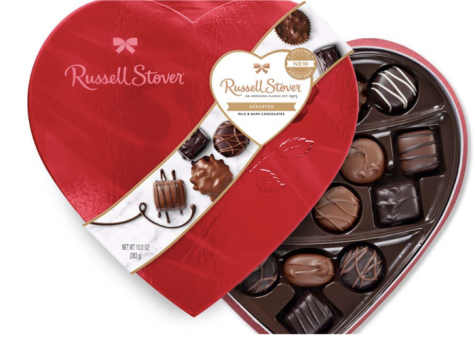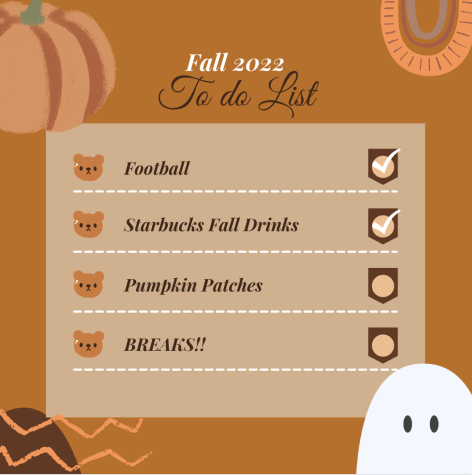The Brief History of Braids
February 15, 2019
Today we know braids as something trendy. Often times, they’re used to express an individual’s style, whether it’s through the pattern, length, color or accessories. As a young black girl, getting my hair braided was a right of passage for me. I can remember one of the first times I ever got my hair braided by one of my cousins. The pain of parting and detangling. The frustration of feeling like I was missing out because while all of my other cousins were playing, I was crouched between legs on the floor with my butt getting more sore by the minute. And let’s not forget the agitation of sitting there for what felt like forever.
But I also remember how pretty I felt when I looked in the mirror after it was done. I remember not being able to stop shaking my head because the click-clack of the beads was so infectious. I remember laying down that night and not being able to contain the excitement of showing off my new hairstyle at school the next morning. Those feelings were enough to erase all the trouble it took to get them done. At the time, I wasn’t aware of the rich history and value this hairstyle held for my ancestors. I just knew Alicia Keys had some, and what little girl didn’t want to be like Ms. Alicia back in ‘06? Now that I understand a bit more about why this style is and has been such a staple in the black girl magic community, allow me to give you a brief history of black girls and braids.
The Culture
Although braids have been a part of many cultures for centuries like Asia and Europe, African braiding can be traced back to 3500 BC, according to Hair Venture. They were popular among women and different styles often indicated a woman’s tribe, age, status and even things like marital status. For example, the fulani braid style that is very popular now originates from the Fula Tribe who populate a large area of the West Africa and Sahel region. ONCHECK, an online boutique and blog site, described a traditional style for these women as five long braids that hang free or looped on the side with a tuft gathered in the middle and decorated with beads and cowrie shells. Braiding was also a social activity. The women would sit around as the elders braided each others and the younger girls hair. This is how the tradition was passed down from generation to generation.
New Meanings
The book entitled Hair Story: Untangling the Roots of Black Hair in America talks about the idea of the start of the Atlantic Slave Trade brought a new meaning for African women and their braids. With Sunday being the only day slaves had to take some time for themselves, there wasn’t any time for the delicate and intricate styles of braids. According to Lori. L Tharps, co-author of Hair Story, practicality became the use of the braiding style being the hairstyle needed to last a week and withstand their working conditions. Single plaits, braided crowns, and simple cornrows became the new normal. As time progressed, braids also became a secret messaging system for slaves to communicate with each other around their masters. The number of plaits would indicate how many roads one might need to travel in order to meet someone to escape.
Post-Freedom
During the time of the Great Migration beginning in 1916, where nearly 6-million African-Americans flocked from the rural South to northern and western cities, a lot of women took jobs as domestics. Tharps said for many of them, their braids turned into perms in order to be more accepted. Women felt the need to straighten and chemically alter their tresses because braids were now seen as being unsophisticated. There was also the feeling of moving forward. Many women to leave the painful history of their parents and grandparents behind. The straightened hair represented the new age of the black woman.
The Big Return
According to U.S. History,the 1960’s Black Power-Movement is when the perception of our hair began to shift for us. During this time, African Americans were increasingly wanting to celebrate our roots and our history. As a result, our style and practices began to reflect that. The black celebrities of the 1960’s and 1970’s helped to bring braids back to the forefront of our culture in America. As we started to learn and become more connected to our roots, people began to notice. According to Spinditty, With Hip-Hop at its pinnacle in the late 90’s and early 2000’s the culture seen within the music became the new “cool.” Stars like Janet Jackson and Brandy helped to really push the style amongst black women in the 90’s. Since the return of the trend, many different styles and variations of braids have emerged.















